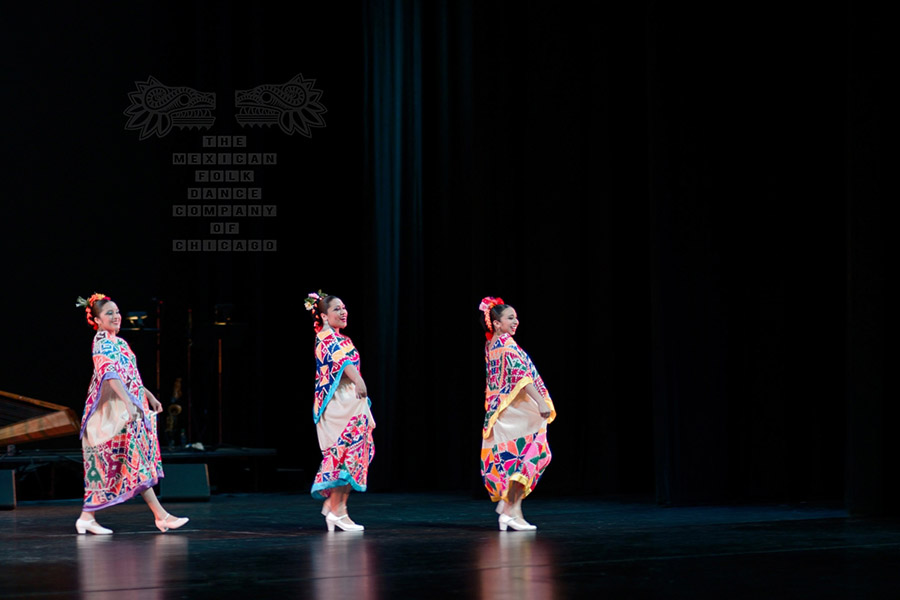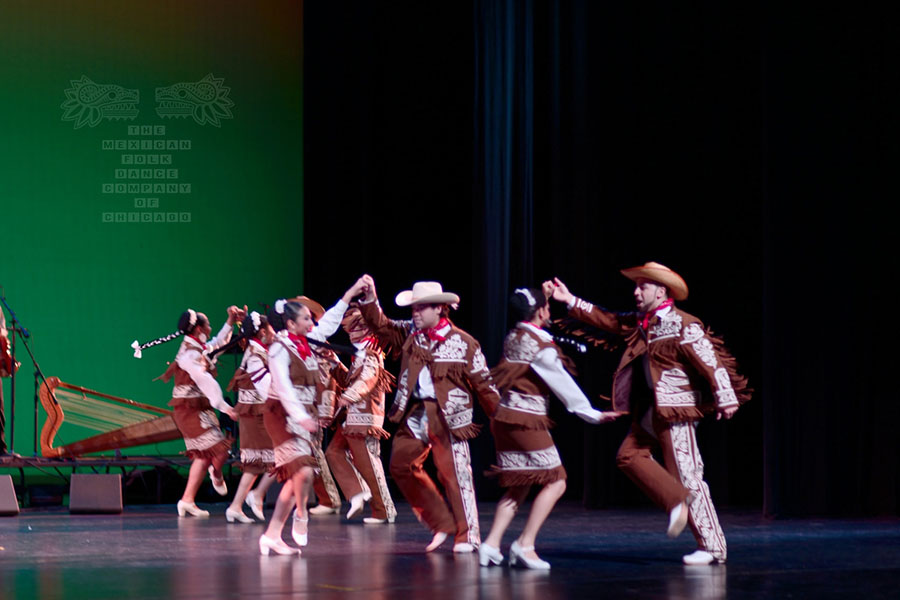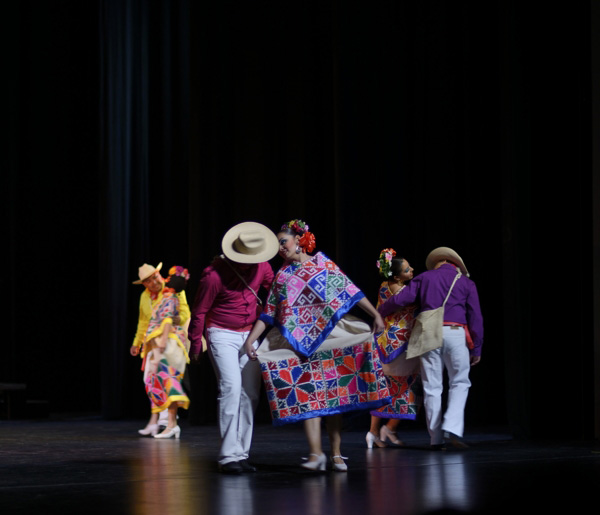The Mexican Huasteca Region
Near the Gulf of Mexico, comprising parts of six states lies a region of sub-tropical climate known as "La Huasteca" (Nahuatl: Inhabitant from the region of abundant gourds). Southern Tamaulipas, northern Veracruz, northeastern San Luis Potosí, northern Hidalgo, Querétaro and Puebla are parts of this region, abundant in resources and the home of several indigenous groups, with a hybrid language and culture, containing a vast array of ritual dancing, costuming, and music.



